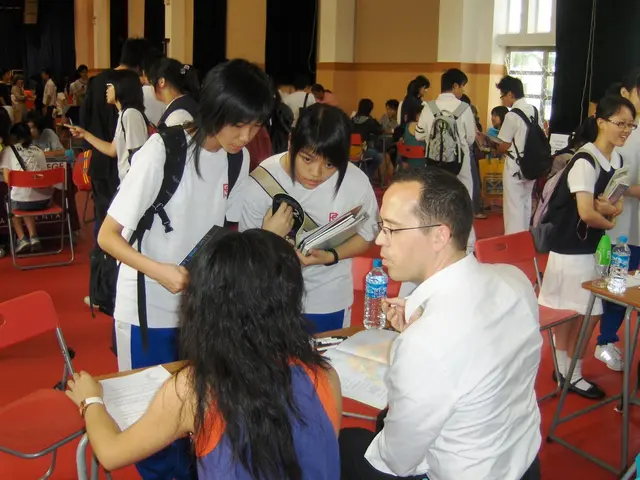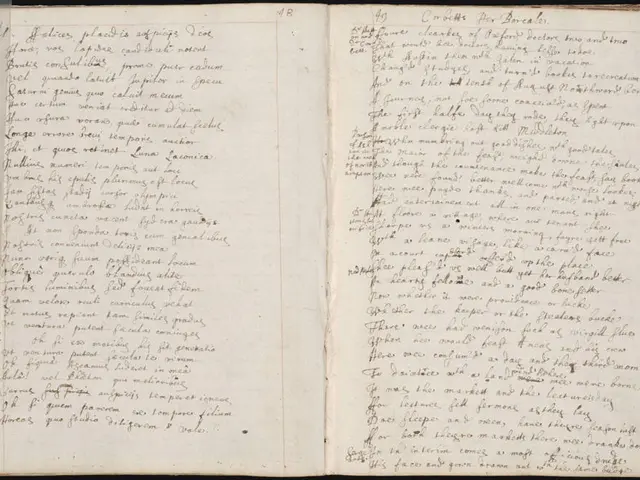Illustrating Balance of Gender Rights
================================================================
In a groundbreaking initiative, researchers at iTech Mission, a social impact technology company based in India, have developed interactive visualizations that provide a comparative analysis of gender equity in 156 countries. These visualizations, which can be found on the iTech Mission platform, offer a unique and engaging way to understand the gender gap in various aspects of society.
Each visualization displays a country's score in four key categories – healthcare, education, economic opportunity, and political empowerment – as a continuous line. The index score, which ranges from 0 to 1, quantifies access to these essential areas for women compared to men.
An intriguing pattern emerges from the visualizations. Most countries show higher scores in healthcare and education attainment, indicating that women in these countries have relatively better access to these resources compared to men. However, a concerning trend is observed in economic opportunity and political empowerment, where most countries show lower scores, suggesting that women face significant obstacles in these areas.
These visualizations serve as a valuable tool for policymakers, researchers, and advocates working towards gender equality. They can help identify areas where improvement is needed in each country, facilitating targeted interventions and strategies. It is essential to note that the visualizations do not specify which countries have the highest or lowest scores, making them a neutral and objective resource for analysis.
For those seeking more detailed information, various global reports and indices track gender equity, such as the Global Gender Gap Index by the World Economic Forum. This index provides data on economic participation and opportunity, educational attainment, health and survival, and political empowerment for numerous countries. Other organizations like the United Nations or specialized gender equity research groups might also have detailed reports on gender equity globally, which could include the specific categories you're interested in.
Additionally, academic research focusing on gender equity in different countries might provide detailed analysis and data by category. By conducting further research, you can gain a more comprehensive understanding of the gender gap in various aspects of society and the efforts being made to address these disparities.
- Researchers in the field of health and wellness might utilize artificial intelligence and technology to analyze medical-conditions data more effectively, leading to advancements in personalized healthcare solutions.
- In the realm of education and self-development, science and technology can play a significant role in developing AI-powered learning platforms, making education more accessible and personalized for all students.
- As the analysis of gender equity expands, it's crucial for researchers to incorporate data from various disciplines, such as medical-conditions, health-and-wellness, and economic opportunities, to gain a comprehensive understanding of global gender disparities and devise effective interventions.




